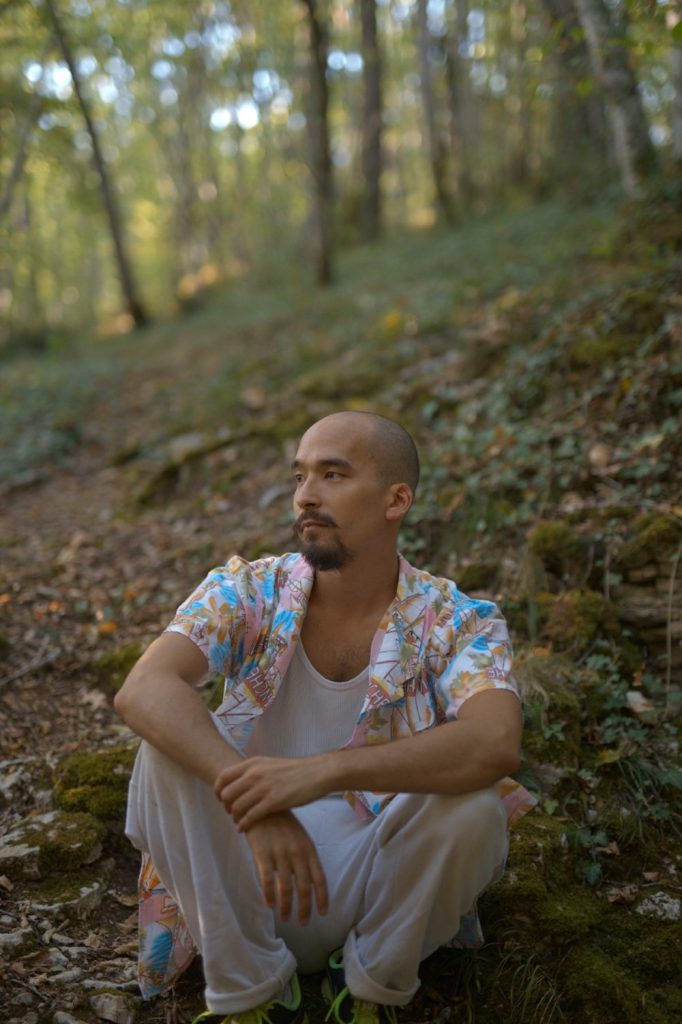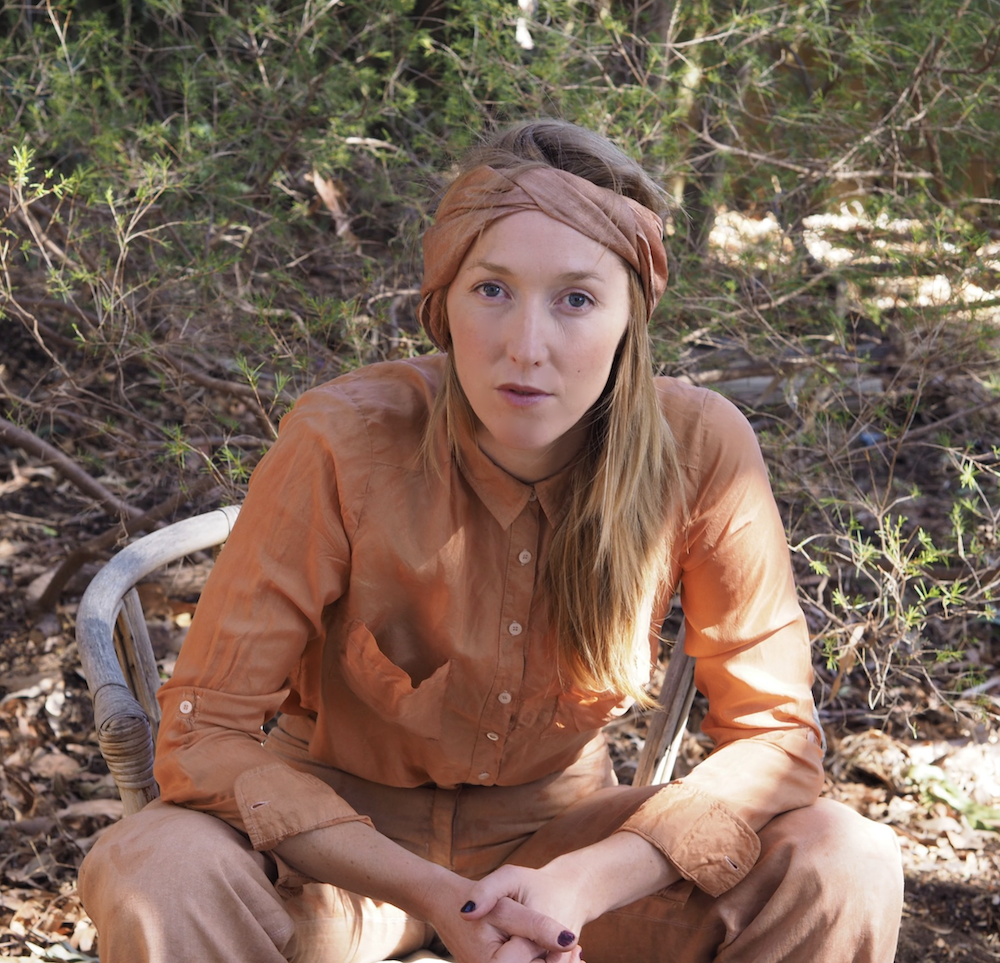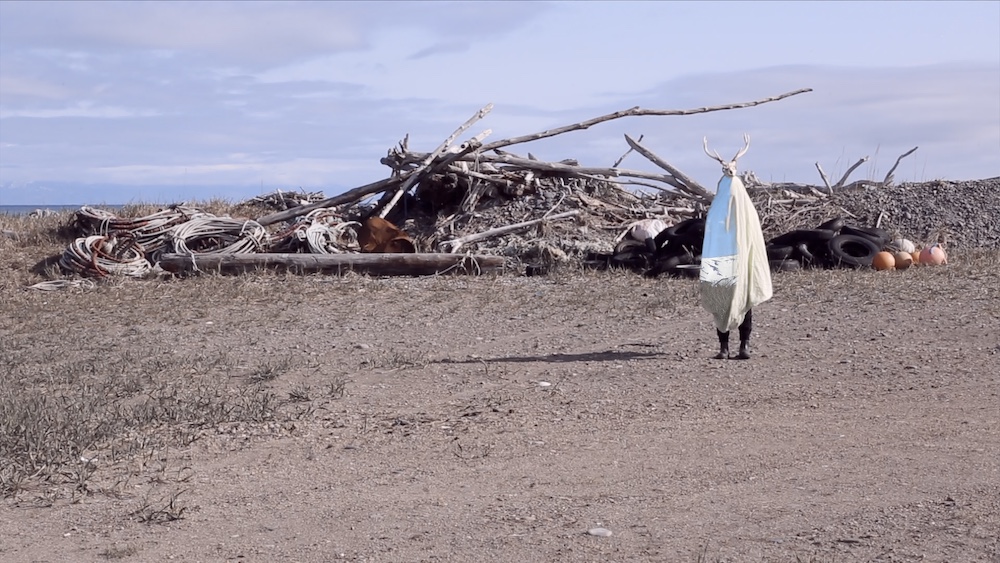Who they are…_2 art collectives for INTERNATIONAL OPEN CALL AIR Program 2022-2023
◇About Ourselves
2022年春、フランスのマルセイユで出会いました。松延総司は、日本のアーティストです。滋賀に在住し、主にインスタレーションや彫刻を制作しています。Alexandre Katoはマルセイユ在住のフランス人アーティストです。彼のメディアは主にインスタレーションと執筆です。この最初の出会いと、日本人であること(Soshi)と日系フランス人であること(Alexandre)の文化的ギャップについての交流から、私たちは一緒にプロジェクトを提案することを希望しています。
松延の作品は、図形と地面という意味で「地」をテーマにしており、日常生活の中で私たちの意識の外にある抽象的な概念を表しています。レジデンス・プロジェクトにとって、地は、ものが成長する原点と捉えることができます。Katoの作品は、西洋文化におけるエキゾチシズム、ガーデニング、ジャポニズムのつながりに注目し、ヨーロッパ支配の問題を他者との関係において浮き彫りにし、脱構築しようとしています。
今回の応募内容は、この公募のために作成されたものですが、私たちは(まだ)共通の創造活動をしていないにもかかわらず、物の考え方、複製やシリーズ、芸術と工業化の関連、日本庭園、特に「枯山水」の影響において、お互いに多くの共通点を見出すことができました。
We met in Marseille, France, in spring 2022. Soshi Matsunobe is a Japanese artist (http://matsunobe.net). He lives in Shiga and works mainly with installation and sculpture. Alexandre Kato is a French artist living in Marseille (http://www.alexandrekato.com). His mediums are mostly installation and writing. This first meeting and the exchanges on the cultural gap between being Japanese (Soshi) and being French from Japanese descent (Alexandre) gives us the desire to propose a project together.
Matsunobe’s work is about the “ground” in terms of figures and grounds and represents an abstract concept outside our consciousness in our daily lives. For the residency project, the ground can be seen as the origin of where things grow. Kato’s work focuses on the links between exoticism, gardening, and Japonism in Western culture, and seeks to highlight and deconstruct the issues of European domination in its relationship to the Other.
This application is formed for this open call, and if we do not have (yet) common artistic activities, we detect in each other many similarities in the way of thinking objects, the reproducible or the series, link between art and industriallisation, and in the influence of the Japanese garden, and in particular “karesansui”.
◇What we are trying to do
雪の上に伸びる道」というテーマが持つ風景や比喩的な側面は、庭の空間を通して解釈したいと思わせるものです。降り積もった雪がすべての境界線を消してしまう」ように、庭園によっては、空間や時間を越えて横断できるものがある。例えば、北海道大学植物園では、都市化される前の札幌の原風景を見ることができる。また、フランスのアルプス山脈にちなんで名付けられた高山性気候の植物が4000種も植えられています。フランスのマルセイユでは、ボレリー公園の日本庭園が空間的に飛躍している。日本の植物を中心に構成されたこの庭園は、日本列島に向かう空間的な穴と見ることができる。
植物は人間の移動について教えてくれる。支配や植民地化の時代に移動させられたり、交流や協力の象徴とされたりすることもある。植物には強い社会的、政治的歴史があるのだ。また、植物の名前もそのような歴史を物語っています。例えば、フィリップ・フランツ・フォン・シーボルトが1830年に日本滞在中に持ち帰ったアジサイは、恋人の「おたくさん」の名前にちなんで「おたくさ」と名付けられました。
私たちのデュオとこのレジデンスのプロジェクトは、このような移住に基づくところがあります。特にディアスポラの場合、文化的な違いを強調するか、時には収束点を強調するかは別として、同じ空間の中でこれらの概念を交差させ、メカニズムを明らかにし、ハイブリッドな空間を作り出すことが重要だと思われます。イサム・ノグチ、特にモエレ沼公園は、このハイブリッドな空間について考えるための可能な例であり、不可欠な人物であると言えるでしょう。
このレジデンスでは、実験的な庭園に取り組みたいと考えています。それは、荒れ地にある屋外庭園の形をとることができ、周囲の可能性に応じて、あるいは配置、循環、季節のコードを使ってそれを呼び起こすことができます。それらは、収集、収穫、購入、または製造された要素から構築されるでしょう。ここでいう庭とは、植物的な環境というよりも、集合体、構成、パターン、メタファーといった意味合いが強い。様々な要素が機能的かつ美的に配置された首尾一貫した全体像という提案において、展覧会のアレンジという事実と庭園の間に強い関連性を見出すことができます。このような精神に基づいて、展覧会は企画されます。
私たちの作品は必ずしも植物性ではなく、植物のようなケアも必要ありません。しかし、庭園について考えるには、その土地の特徴を考慮する必要があります。どのような植物が順化しているのか?人々はどのように自分の庭をアレンジしているのか。気候は庭の構造をどのように変えているのだろうか。Googleのストリートビューでざっと見て回ったところ、地元の植物が育つはずの荒れ地がたくさんあり、特定の地域や気候を示す雪吊りが見られました。私たちは、レジデンスの一環として、自分たちを取り巻く環境からインスピレーションを得たいと考えています。このように、私たち自身の順応性が、私たちの制作活動の積極的な決めてとなるでしょう。
The landscape and metaphorical aspect of the theme “The roads stretch on the snow” makes us want to interpret it through the garden space. Just like the “snow that falls and obliterates all boundaries”, some gardens offer crossings through space and time. Hokkaido Botanical Garden for example, shows the original landscape of Sapporo before the urban development. It also contains 4000 alpine climate species, a climate named after the Alps, a partially French mountain chain. In Marseille, France, the Japanese garden of Borely Park is a spatial leap. Composed mainly of Japanese plants, it can be seen as a spacial hole towards the Japanese archipelago.
Plants inform us about human migratory movements: they have sometimes been moved during periods of domination, colonization, they can symbolize exchanges or cooperation. They have a strong social and political history. Their names also tell these stories. For example, when Philipp Franz von Siebold brought back in 1830 a Hydrangea from his stay in Japan, he named it Otaksa, as a memory of the (distorted) name of his lover O-Taku-san.
Our duo and the project of this residency are partly based on these migrations. Whether they highlight strong cultural differences or sometimes convergence points, notably in the case of diasporas, it seems important to us to cross these conceptions within the same space in order to reveal mechanisms and create hybrid spaces. It is this hybridity that places Isamu Noguchi, and notably Moerenuma Park, as a possible example and an essential figure for thinking about these spaces.
During this residency, we want to work on experimental gardens. These can take the form of outdoor gardens, in a wasteland, according to the possibilities in the surroundings, or evoke it by using codes of arrangement, of circulation, of seasonality… They would be built from elements collected, harvested, bought or manufactured. The term garden refers here more to an assembly, a composition, patterns, or a metaphor, than to a vegetal environment. We find a strong connection between the fact of arranging an exhibition and a garden, in the proposition of a coherent whole in which the various elements take place functionally and aesthetically. It is in this spirit that the exhibition will be planned.
Our productions will not necessarily be vegetal and will not need the same care as plants. However, thinking about gardens obliges us to consider the local features. What are the acclimatized species? How do people arrange their own gardens? How does the climate modify their structure? While doing a quick tour on google street view, we saw many wastelands where local plants should grow, saw yuki-tsuri, indicating a specific locality and climate. We want to take inspiration from the environment around us as part of the residency. Thus, our own acclimatization will actively determine our production.
Vindur/ヴィンダー
◇About Ourselves
“Vindur”はアイスランド語で風という意味です。
私たちは2020年,アイスランドのSIM Residency Icelandで出逢いました。
3ヶ月間レイキャビークの同じレジデンスで過ごした私たちは色々な話をしました。
そしてノイズレスという作品を共同制作しました。
私たちはこの作品を展示し、同時にアラナの歌のパフォーマンスを行いました。
自然に近い場所に滞在した私たちは、都市に住んでいる時には気が付きにくい自然の素晴らしさと怖さを同時に味わいます。展覧会後、この作品はアイスランドの映像祭で上映されました。
升谷が日本へ帰国後も互いに連絡を取り合い、現在も”WhichWay”という作品を制作中です。
“Vindur” means wind in Icelandic.
We met at SIM Residency Iceland in 2020.
We spent three months in the same residence in Reykjavik and talked about many things.
And we created a piece called Noiseless.
We exhibited this work and performed Alana’s song at the same time.
Staying in a place close to nature, we can experience both the splendor and fear of nature at the same time, which is difficult to notice when living in the city. After the exhibition, this work was screened at a film festival in Iceland.
After Masuya returned to Japan, they kept in touch with each other and are currently working on a work called “whichway”.
◇What we are trying to do
升谷は2021年に北海道に滞在した際、エゾシカの頭骨を手に入れ、それを持って野付半島に向かいました。
”キラウシカムイ”というタイトルで、野付半島の歴史と自然をエゾシカを介して映像作品を制作しました。
升谷はこの滞在中、アラナにエゾシカの頭骨の写真と完成した映像を送っています。
それを見てアラナは更に日本に興味が湧きます。
アラナはこれまでに日本にきたことがありません。しかし以前から日本の食文化にも興味があり、アイスランドでは海で海藻を採取し、乾燥させてどのように食せばよいか研究していました。その時すでに、日本に行ってみたいと言っていました。
アラナはこれまでにオーストラリアやインドネシアなどの原住民をリサーチした映像作品を制作した敬意もあり、アイヌなどの複雑に入り組んだ、北海道の歴史に非常に興味があります。
私たちは自然とアートの関係やその土地に根付いている習慣や文化、歴史に非常に興味があります。
文献等で見るアイヌと野生動物の関係を取っ掛かりとして、アラナが音楽、升谷が映像を制作します。
そして私たちは、制作した音と映像を使ってパフォーマンスを行います。
升谷はアラナが日本に来てどんな感想や発見を抱くのか、非常に興味があります。
今回は二人で細部にわたるところまで、ディスカッションを重ね制作及び展覧会に取り組みたいと考えています。
升谷のインサイダーからの目線とアラナのアウトサイダー的目線が混ざった時に、どんな作品が生まれるのか非常に楽しみにしています。
During his stay in Hokkaido in 2021, Masuya acquired a deer skull and took it with his to the Notsuke Peninsula.
Under the title of Kiraushi Kamuy, she created a video work about the history and nature of the Notsuke Peninsula through Yezo deer.
During this stay, Masuya sent Alana a picture of the Yezo deer skull and the completed video.
Seeing that, Alana becomes even more interested in Japan.
Alana has never been to Japan before. However, I have been interested in Japanese food culture for some time, and in Iceland She have been researching how to collect seaweed from the sea, dry it, and eat it. At that time, She already said that wanted to go to Japan.
Alana is very interested in Hokkaido’s complicated and intricate history, including the Ainu, due to the respect she has created for video works based on her research on the indigenous people of Australia and Indonesia.
We are very interested in the relationship between nature and art, and the customs, culture and history rooted in the land.
Using the relationship between the Ainu and wild animals seen in literature as a starting point, Alana will create music and Masuya will create video.
Of course, we also perform together.
Masuya is very interested in what kind of impressions and discoveries Alana will have after coming to Japan.
This time, I would like to work on creat and exhibition with repeated discussions until the boundary between us.
We are really looking forward to what kind of work will be born when Masuya’s insider perspective and Alana’s outsider perspective are mixed.



